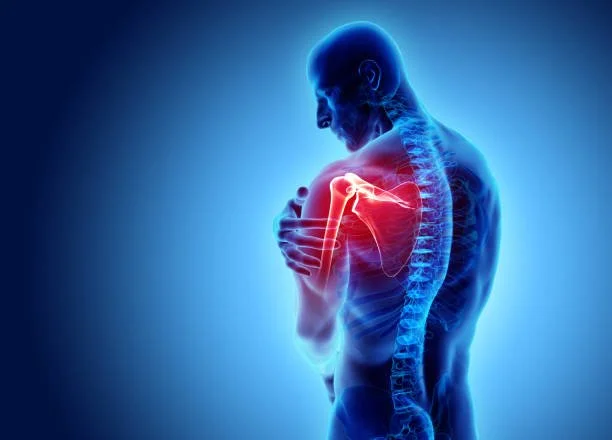Expert Chiropractic Care and Physical Therapy for Shoulder Pain Relief in DSM
Say Goodbye to Shoulder Pain with Personalized Treatment at DSM Spine + Sport
Shoulder pain is a common issue that can affect anyone, from athletes to office workers. Whether your shoulder pain is caused by overuse, injury, or poor posture, our team at DSM Spine + Sport offers comprehensive chiropractic care and physical therapy to help you recover and regain strength and mobility.
Common Causes of Shoulder Pain
Understanding the root cause of your shoulder pain is the first step to effective treatment. Here are some of the most common shoulder conditions we treat:
Bursitis: Inflammation of the small sacs of lubricating fluid in the shoulder joint, often due to direct trauma, friction, or calcium deposits.
Tendinitis: Inflammation of the rotator cuff tendons caused by repetitive motions, aging, or injury.
Rotator Cuff Strain: Pain and limited motion due to a strain in the tendons that hold the arm bone in the shoulder joint.
Shoulder Dislocation: Occurs when the upper arm bone partially or completely slips out of the shoulder socket, often requiring immediate chiropractic adjustment.
Impingement Syndrome (Thrower’s Shoulder): Compression of shoulder muscles, tendons, or bursae, frequently seen in athletes and those with repetitive overhead movements.
Bone Spurs: Extra bone tissue that can cause pain and limited mobility by rubbing against tendons or nerves.
Partial and Full-Thickness Tears: Small tears in the rotator cuff tendons that can worsen without treatment, potentially leading to severe pain and restricted movement.
How Chiropractic Care and Physical Therapy Can Help
At DSM Spine + Sport, we take a holistic approach to treating shoulder pain. By combining chiropractic care and physical therapy, we target the source of your pain and help restore your shoulder's proper range of motion. Our treatments include:
Chiropractic Adjustments: Gentle adjustments to the lower neck and spine can alleviate nerve irritation and improve shoulder function.
Active Release Technique (ART): A specialized method used to break down scar tissue and release muscle tightness, reducing pain and improving mobility.
Physical Therapy Exercises: Customized exercise plans to strengthen the shoulder muscles, improve flexibility, and prevent future injuries.
Lifestyle and Ergonomic Advice: Guidance on proper posture, nutrition, and stress management to support overall health and reduce the risk of re-injury.
Why Choose DSM Spine + Sport?
Personalized Treatment Plans: We tailor our approach to your unique needs, ensuring the most effective care for your specific condition.
Advanced Techniques: Our team is trained in the latest chiropractic and physical therapy techniques, including ART, dry needling, and therapeutic exercises.
Comprehensive Care: We evaluate your entire musculoskeletal system to identify and treat the underlying causes of your shoulder pain, not just the symptoms.
Get Back to Doing What You Love—Pain-Free!
Shoulder pain doesn't have to hold you back from enjoying your favorite activities. Contact DSM Spine + Sport today to schedule an appointment and start your journey to pain relief and improved shoulder function.

